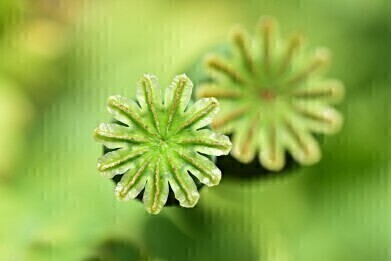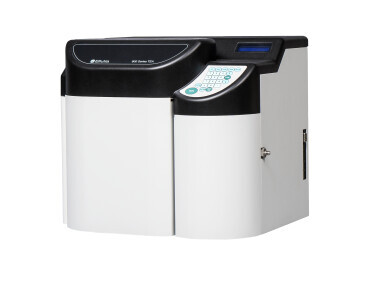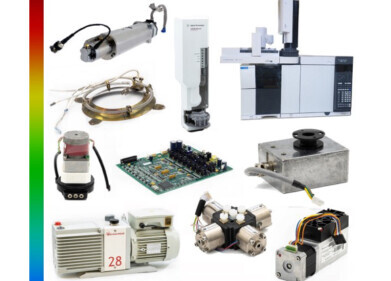Chromatography
What is the Purpose of Bioprocessing?
Dec 19 2022
From edible products like kefir, sauerkraut, fruit juice and wine to cutting-edge pharmaceuticals and vaccines, bioprocessing is used across a wide range of industries and sectors. The term describes the science of harnessing the natural properties of living cells and their individual components. For example, many modern drugs are derived from naturally occurring components found in plant and animal cell lines.
The art of bioprocessing
Opiate-based painkillers like morphine and codeine are one of the most common examples of bioprocessing in practice. Papaver somniferum, more commonly known as the poppy plant, is the source of both drugs. The plant produces opium, a powerful depressant that interacts with receptors in the central nervous system to slow down signals between the brain and body. This makes it a highly efficient painkiller.
Opium is made up of dozens of different alkaloids, including codeine and morphine. These naturally occurring organic compounds are designed to regulate plant growth and repel predators. However, from a pharmaceutical perspective they have highly desirable properties. Bioprocessing describes the process of isolating alkaloids like codeine and morphine, extracting them from natural sources or cultivating them in laboratories, then transforming them into useful products.
A step-by-step guide to bioprocessing
Bioprocessing includes the following steps:
-
Sample collection
This involves identifying the living organisms in which the desired product originates. For example, an enzyme called l-asparaginase found in both microorganisms and animals like rodents is used in leukemia therapies.
-
Cultivation
Methods are developed to harvest the desired product on a commercial scale. While some ‘feedstocks’ like poppies are grown as crops, others must be cultivated in laboratories.
-
Cell culturing
If the product is being grown in a laboratory, scientists explore ways to optimise cell culturing conditions and maximise the yield.
-
Harvesting
Also known as recovery, this step involves separating the desired product from the original source.
-
Purification
The isolated product must then be purified to remove contaminants. This is especially important when cultivating products from living cells.
-
Testing and product development
Extensive testing is carried out to ensure the product performs as advertised.
-
Packaging
Packaging the finished product is the final step in the bioprocessing chain.
Bioprocessing stages fall into one of two categories – upstream and downstream. Both play an important role in capturing the natural properties of living cells and their individual components, then transforming them into useful products. Find out more about each category in ‘What is Bioprocessing? Guide to Upstream & Downstream’.
Digital Edition
Lab Asia 31.2 April 2024
April 2024
In This Edition Chromatography Articles - Approaches to troubleshooting an SPE method for the analysis of oligonucleotides (pt i) - High-precision liquid flow processes demand full fluidic c...
View all digital editions
Events
May 05 2024 Seville, Spain
InformEx Zone at CPhl North America
May 07 2024 Pennsylvania, PA, USA
May 14 2024 Oklahoma City, OK, USA
May 15 2024 Birmingham, UK
May 21 2024 Lagos, Nigeria







.jpg)










